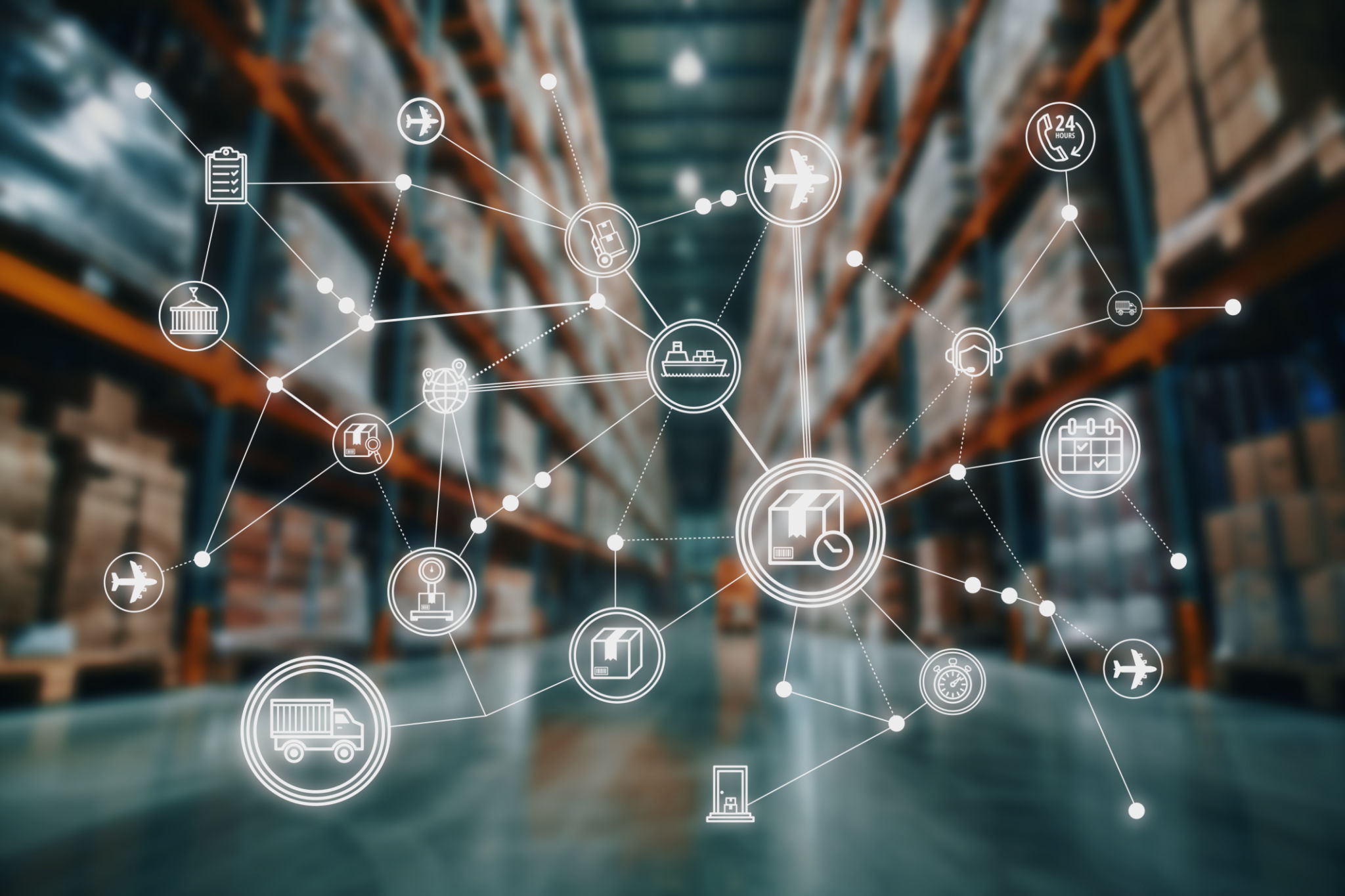Navigating International Regulations for Exporting Peruvian Produce
Understanding the Basics of International Export Regulations
Exporting Peruvian produce to international markets can open up tremendous opportunities for growth and profit. However, navigating the complex web of international regulations is crucial for ensuring a smooth export process. Each country has its unique set of rules and requirements, making it essential for exporters to stay informed and compliant.

At the core of these regulations are import tariffs, quotas, and quality standards that vary from one market to another. Understanding these fundamental elements helps exporters determine the feasibility and profitability of entering a specific market. It is advisable for exporters to work closely with trade experts or consultants who can provide insight into these regulatory landscapes.
Compliance with Health and Safety Standards
One of the most critical aspects of exporting produce is adhering to health and safety standards set by the importing country. These standards are in place to protect consumers from potential hazards associated with foreign goods. In the case of Peruvian produce, exporters must ensure that their products meet the required sanitary and phytosanitary measures.
Exporters should be familiar with the specific documentation needed, such as health certificates, inspection certificates, and any other relevant paperwork that verifies compliance. Additionally, understanding the labeling requirements is essential, as incorrect labeling can lead to delays or rejections at the border.

Tariffs and Trade Agreements
Tariffs can significantly impact the cost of exporting goods, making it essential for exporters to be aware of any applicable duties. Fortunately, Peru has entered into several trade agreements that can reduce or eliminate tariffs for certain products. These agreements can provide a competitive edge by lowering costs and simplifying the export process.
Exporters should conduct thorough research to identify which agreements apply to their products and how they can benefit from reduced tariffs. Leveraging these agreements not only enhances profitability but also strengthens trade relationships between countries.
Documentation and Certification Requirements
Proper documentation is the backbone of successful international trade. Exporters need to be diligent about preparing and submitting all necessary documents accurately and on time. Commonly required documents include invoices, packing lists, certificates of origin, and bills of lading.

Certification requirements can also vary widely depending on the destination country. Some markets may require organic certification, fair trade certification, or other specific endorsements that attest to the quality and origin of the produce. Staying informed about these requirements ensures that shipments are not delayed or rejected upon arrival.
Logistics and Transportation Considerations
Navigating international logistics is another key aspect of exporting Peruvian produce. Exporters must carefully plan their shipping routes and choose reliable transportation partners who understand the nuances of handling perishable goods. Efficient logistics can minimize transit times and reduce the risk of spoilage.
Consideration should also be given to packaging methods that preserve freshness and protect the produce during transit. Advanced technologies like refrigerated containers or modified atmosphere packaging can help maintain quality throughout the journey.
The Role of Technology in Simplifying Compliance
In today's digital age, technology plays a vital role in simplifying compliance with international regulations. Utilizing export management software can streamline document preparation, track shipments in real-time, and ensure adherence to customs requirements. These tools not only enhance efficiency but also reduce the risk of human error.

By embracing digital solutions, Peruvian exporters can gain better visibility into their supply chains, improve communication with stakeholders, and respond more swiftly to regulatory changes. Investing in technology is not just a convenience but a strategic advantage in the competitive global market.
Successfully navigating international regulations is a multifaceted endeavor that requires diligence, knowledge, and strategic planning. By understanding the intricacies of each target market and leveraging available resources, Peruvian exporters can expand their reach and capitalize on the growing demand for their produce worldwide.
